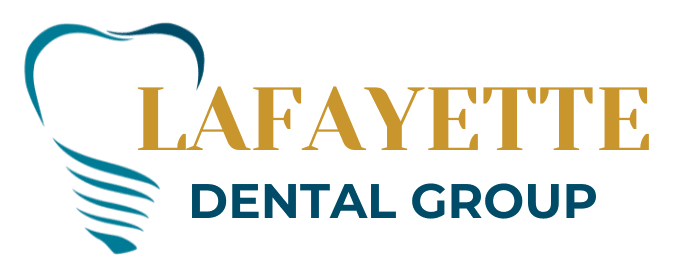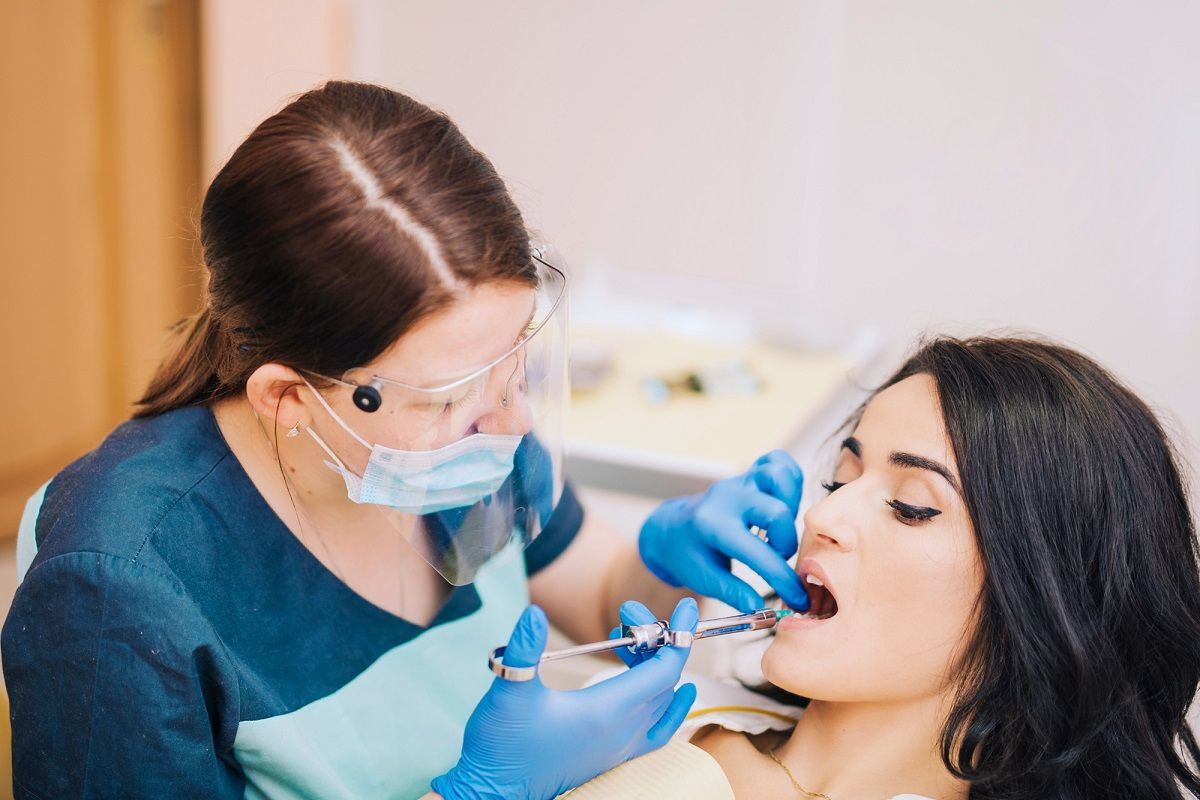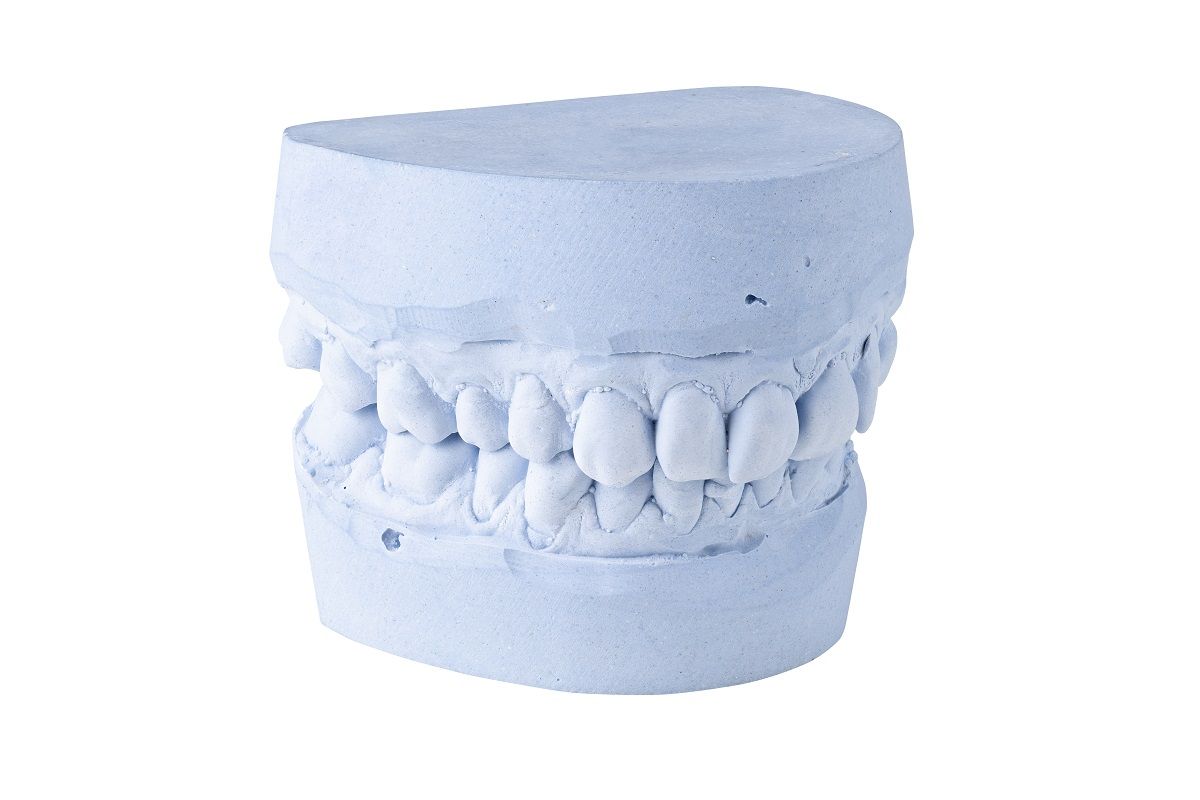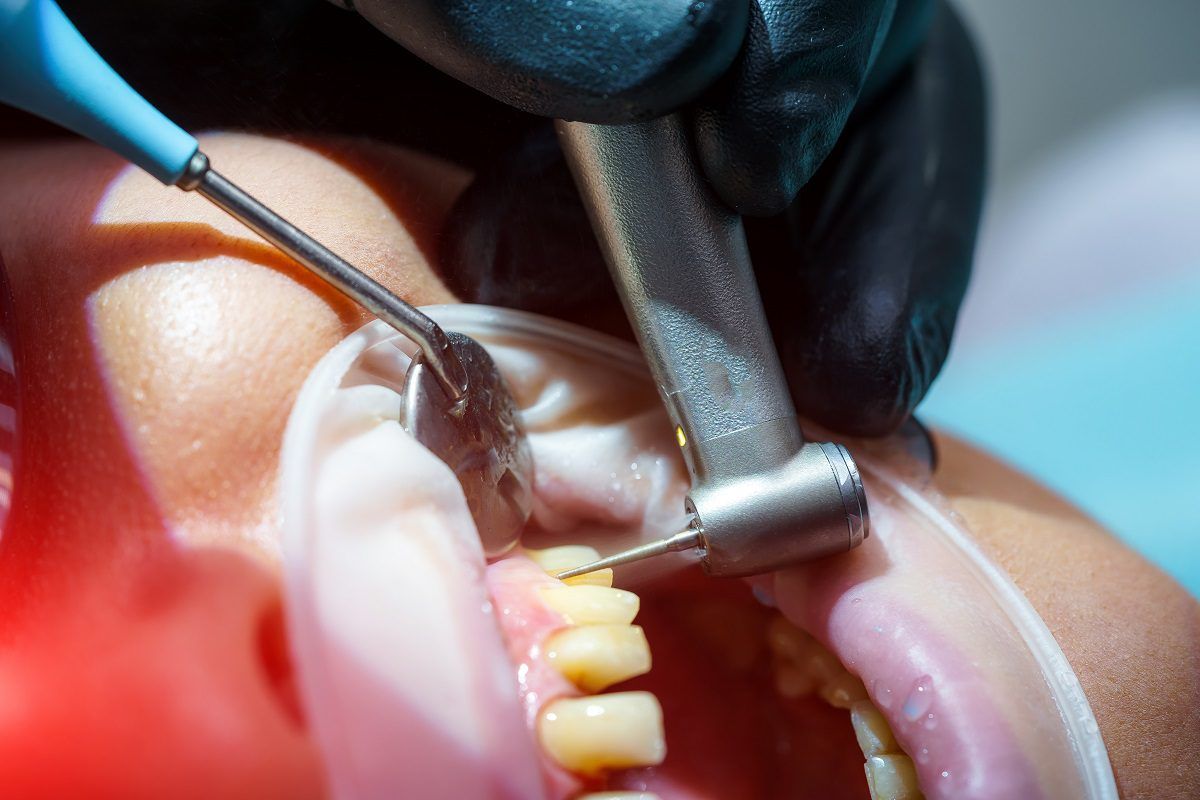

Sinus Lift/Augmentation
A sinus lift creates space in the maxillary sinus, enabling secure dental implant placement for individuals with insufficient upper jawbone.
This procedure is also known as sinus augmentation. This procedure can be performed by many medical professionals, including periodontists and oral surgeons.
Why Do You Need A Sinus Lift Procedure?
A sinus lift is the augmentation or elevation of the maxillary sinus to create space for new bone. The maxillary sinuses are air-filled chambers positioned directly above the rear of the maxilla or upper jaw. An additional amount of bone can be obtained to place a dental implant by lifting the sinus and grafting bone in the area in-between.
Suppose you don’t have enough upper jawbone. In that case, the implant won’t be able to attach securely, and your new dental implant won’t be able to perform more demanding duties like chewing.
It is important to note that sinus lifts have become increasingly popular in the past decade as more individuals have invested in dental implants. Despite this, some people may still be reluctant to invest in a sinus lift. Before deciding, it is critical to understand how this operation is carried out.
Preparation For Sinus Lift
Dental implant placement may need several steps, including a sinus lift and bone transplant before the implant can be placed.
The following is how the dental implant procedure is often carried out:
- At your initial consultation, you and your dentist will talk about your expectations for dental implants.
- Your dentist will examine your teeth, mouth, and gums.
- Imaging examinations, such as X-rays or a computed tomography scan, will be performed on you to determine the health of your jawbone and other critical bones in your head.
- If necessary, a sinus lift will be performed to aid in the implant’s stability.
- An abutment, a dental implant holder, will be surgically implanted by your dentist.
- Your dentist will place the dental implant.
- The amount of time it takes to complete each stage is typically determined by the state of your dental health.
Sinus Lift Procedure
- In this procedure, patients visit their oral surgeon before the operation. The doctor will present the possible risks and outcomes of the procedure, and anybody can ask questions.
- The surgeon will make an incision along the gum line where the back teeth used to be. The tissue is lifted from the surface after the incision. The bone’s surface is exposed.
- Next, the surgeon will use a special instrument to cut a small round hole in the bone. This window will allow the surgeon to see the sinus on the other side of the jaw. Then the jaw membrane is gradually raised out of the path of the jaw bone.
- He will graft it into the space where the sinus used to be. The amount of graft varies, but it is vital to the formation of bone that will replace the sinus. Here comes the “augmentation” stage of the operation.
- After the graft material is implanted, the tissue will be stitched up. Then the bone heals. Six months later, the implants are in. Follow-up visits with the surgeon are required to monitor the development and healing process.
Recovery Process
Swelling and bleeding are two of a sinus lift’s most typical side effects. This soreness generally lasts only a few days, and you can resume your normal activities as directed by your doctor.
The disruption of the Schneiderian membrane is the most common complication following sinus lift surgery. Perforation of this membrane, which borders the maxillary sinus canal, raises the risk of chronic sinusitis and sinus infection.
A doctor will either restore the membrane or halt the procedure entirely if this happens during surgery. Typically, you will return to your doctor within a week following the operation. If you have discomfort that worsens rather than improves, or if you have difficult-to-control bleeding, contact your doctor as soon as possible.
Services
Contact Us
3466 Mt Diablo Blvd., Suite C207
Lafayette, CA 94549
2025 © Lafayette Dental Group | All rights reserved | Powered by: Vigorant, Inc.



